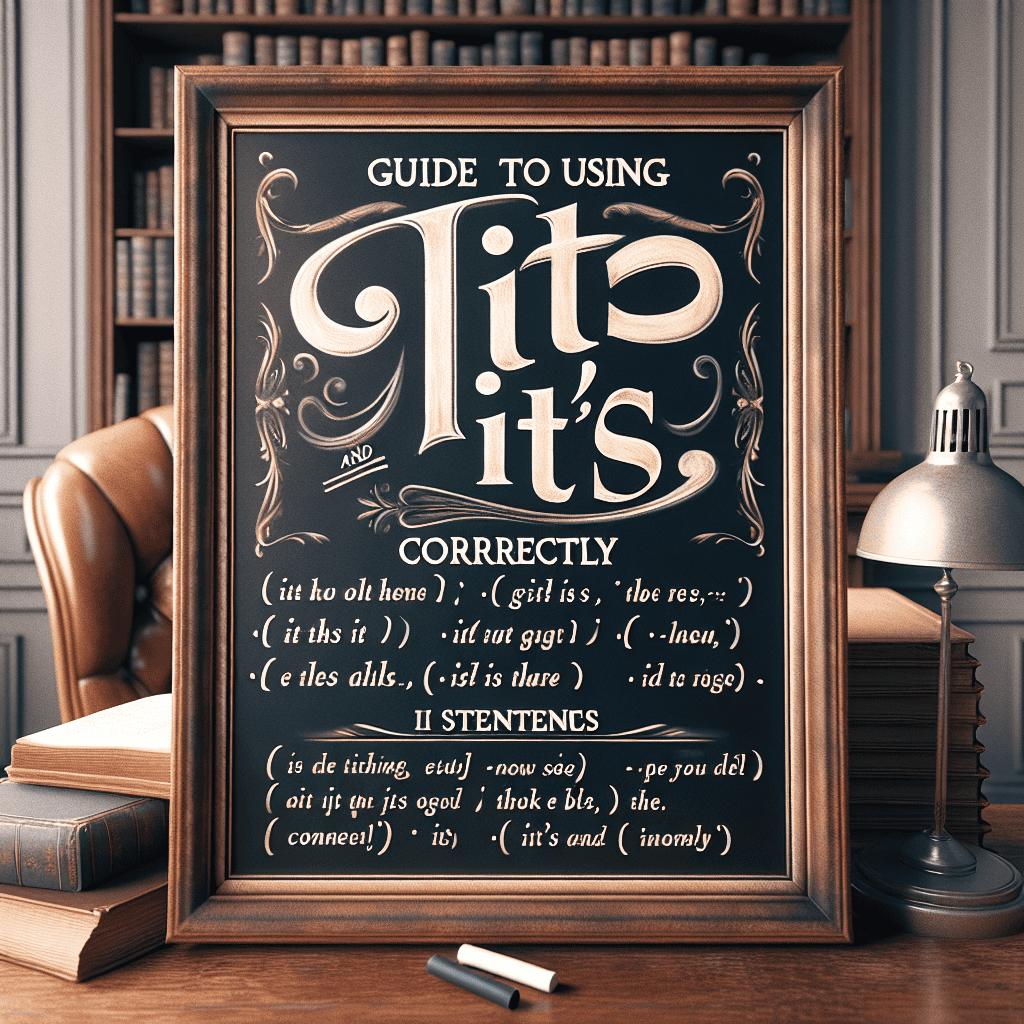How to Correctly Utilize ‘its” and “its’s”.
Understanding the Differences
When it comes to understanding and using “its” and “it’s” correctly, many can become disorientated. Understanding their respective definitions and functions will lead to correct usage of both terms.
“Its” is used as a possessive pronoun and indicates ownership or belongingness of something; for instance, in this sentence “The cat licked its paws”, using “its” implies the belonging of these paws to the cat.
“It’s”
Contrarily, “it’s” is shorthand for “it is” or “it has.” For example, saying, “It is raining outside” means: It has begun raining outside; or saying: It has been an exhausting day means: This entire event took place within 24 hours or 24 hours has past; etc.
Common Mistakes
A common error people make is using “it’s” when “its” would suffice. Remember if an alternative way is possible by substituting in words like “it is,” then use “it’s.”
Make sure that when speaking about “it,” or using its in place of “its”, that contraction “it’s” is used correctly.
Implement Proper Usage
One effective way of improving your understanding of when and how to use “its” and “it’s” is through practice. Try writing out sentences incorporating both words, and see if you can identify when each is correct for usage.
Keep context and meaning in mind when selecting between “its” or “it’s”. By practicing regularly, you can sharpen up your grammar skills while preventing common grammatical mistakes.
Conclusion Understanding the difference between “its” and “it’s” is fundamental for clear and effective communication. By learning their definitions and practicing their use, it will enable you to avoid common linguistic mistakes as well as improve writing abilities. Next time you find yourself uncertain whether to use either term, just refer back to this guide for assistance – when in doubt just remember these tips to stay on course!
#Guide #ItsCorrectly
